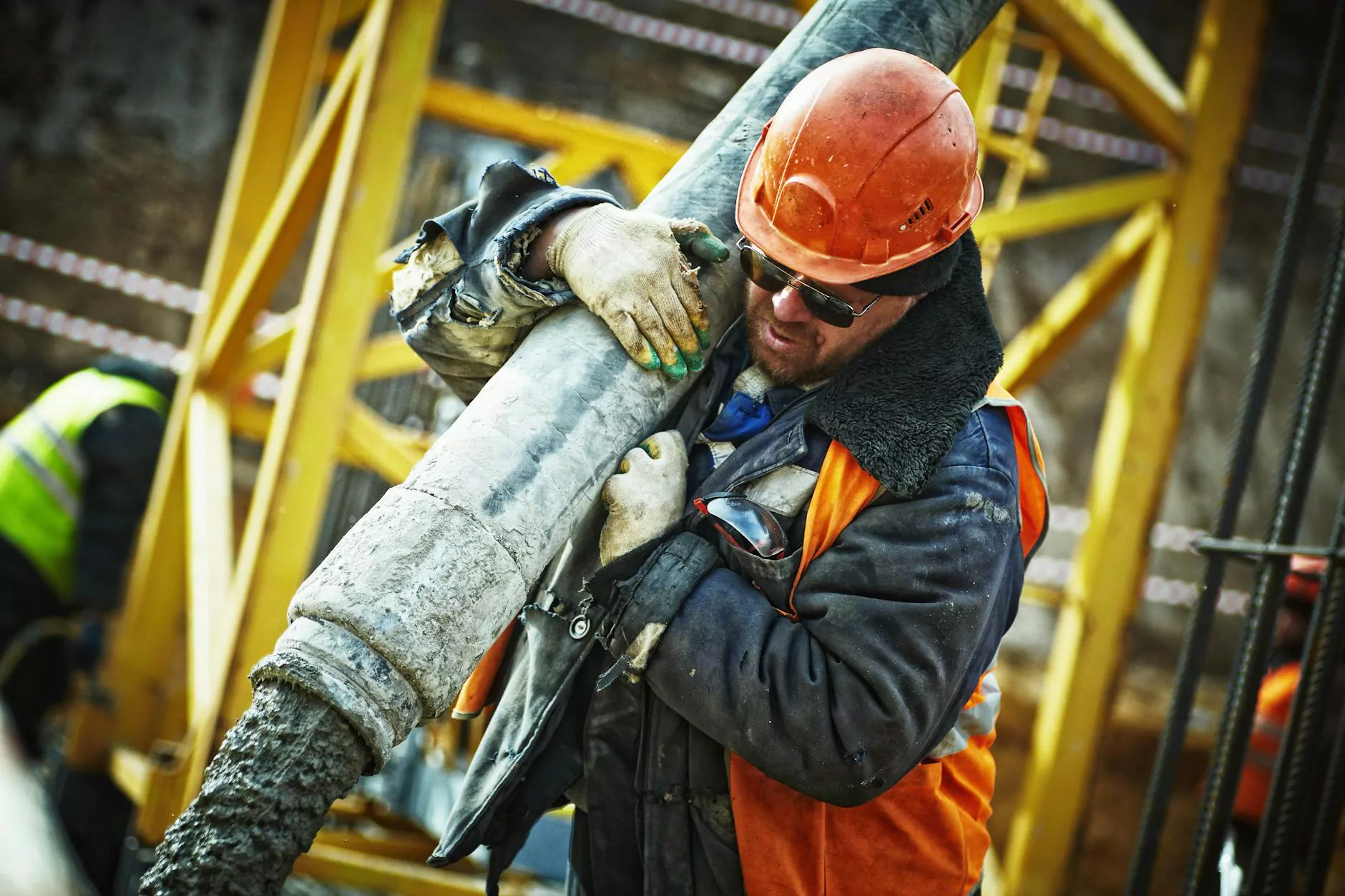Understanding Lift Stations SCADA Alarms

In the realm of industrial automation and wastewater management, the concept of lift stations SCADA alarms plays a vital role. This article delves deep into understanding what these terms mean, their significance, and how they enhance operational efficiency in both public and private sectors.
What Are Lift Stations?
A lift station, also known as a pumping station, is an essential facility that moves wastewater or stormwater through underground pipelines. Typically positioned in lower elevation areas, lift stations are crucial for transporting these materials to treatment plants or other disposal locations. They are equipped with pumps and other mechanical devices aimed at elevating the water to a higher level, thereby ensuring a continuous flow in drainage systems.
Components of Lift Stations
- Pumps: The heart of any lift station that elevates wastewater.
- Wet Wells: Storage areas that temporarily hold wastewater before being pumped out.
- Valves: Essential for controlling the flow of liquid.
- Controls: These include control systems for automatic operation and monitoring.
- Power Supply: Ensures that all mechanical components operate efficiently.
The Role of SCADA Systems
SCADA, which stands for Supervisory Control and Data Acquisition, is a crucial technology employed in the management of lift stations. This system allows for remote monitoring and control, making it possible to gather data and assess the station's performance in real-time.
Key Features of SCADA Systems
- Remote Monitoring: Operators can oversee multiple lift stations from a centralized location.
- Data Collection: SCADA systems collect data on flow rates, pump statuses, and maintenance schedules.
- Real-Time Alerts: Notifications about abnormal conditions or system failures.
- User Interface: Graphical displays that simplify the operation and monitoring processes.
Understanding Lift Stations SCADA Alarms
The integration of SCADA alarms in lift stations is an essential advancement for managing wastewater and stormwater systems effectively. These alarms are automated alerts generated by the SCADA system to notify operators of potential issues that may require immediate attention.
Types of Alarms in Lift Stations
- High Water Level Alarm: Alerts staff if the water level in the wet well exceeds a predetermined limit.
- Low Water Level Alarm: Notifies operators if the water level drops too low, indicating a potential pump failure.
- Temperature Alarm: Monitors the temperature of pumps and equipment to prevent overheating.
- Power Failure Alarm: Indicates any interruptions in the power supply affecting station operations.
- Maintenance Alarm: Reminds operators of scheduled maintenance tasks for optimal equipment performance.
Benefits of Lift Stations SCADA Alarms
Implementing lift stations SCADA alarms enhances safety, operational efficiency, and costs management, bringing numerous benefits to wastewater management systems.
Improved Safety and Compliance
With the constant monitoring provided by SCADA systems, lift station operators can ensure compliance with safety regulations. The immediate alerts minimize the risk of overflows or environmental hazards, ensuring that wastewater is managed effectively.
Enhanced Operational Efficiency
SCADA systems allow for real-time data analysis, enabling operators to make informed decisions quickly. The introduction of SCADA alarms means that potential issues can be addressed before they escalate into major problems, thereby reducing downtime and maintenance costs.
Cost Savings
Effective management facilitated by SCADA systems and alarms can lead to significant cost savings. By automating processes and having comprehensive data analysis at their fingertips, organizations can operate more efficiently, reducing both labor and operational costs.
Future Trends in Lift Stations and SCADA Technology
As technology continues to evolve, the integration of advanced systems in lift stations will become increasingly important. Future trends may include:
Internet of Things (IoT) Integration
The IoT is set to revolutionize how lift stations operate. By connecting various devices, real-time data can be collected and analyzed more efficiently, leading to better forecasting and maintenance scheduling.
Artificial Intelligence (AI) Analytics
AI will enhance decision-making capabilities through predictive analytics, identifying potential failures before they occur and offering solutions based on historical data trends.
Increased Cybersecurity Measures
As systems become more interconnected, ensuring the security of SCADA systems will be paramount. Cybersecurity measures will need to advance concurrently to protect sensitive data.
Conclusion
The integration of lift stations SCADA alarms is not just a technological enhancement; it is a necessity in the modern world of wastewater and stormwater management. The combination of improved safety, operational efficiency, and cost reduction makes this system indispensable. As technology continues to develop, the future of lift stations and SCADA systems promises to further enhance the capabilities to monitor, control, and analyze wastewater processes.
For more information on lift stations and SCADA systems, and how they can benefit your business, explore our resources at tankvitals.com.


